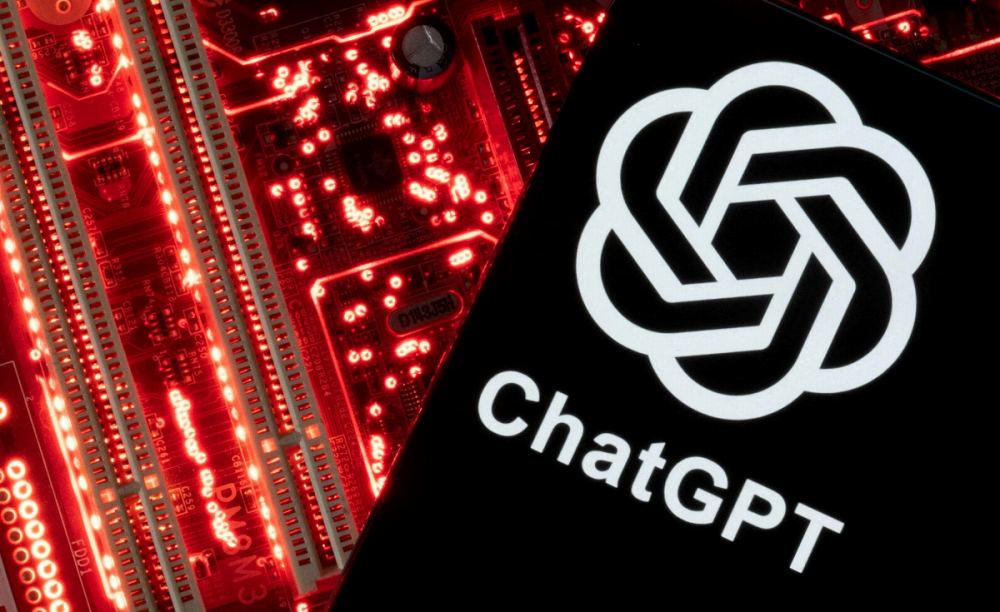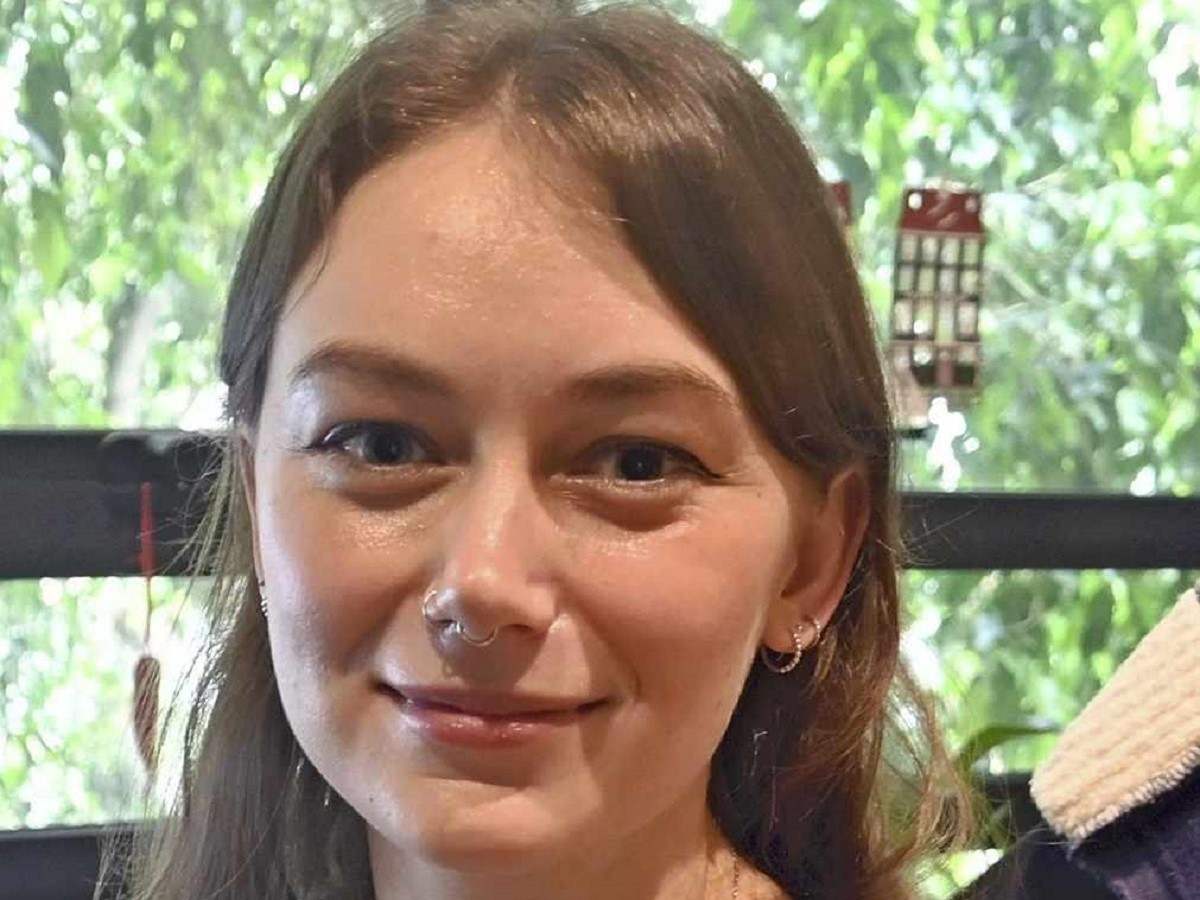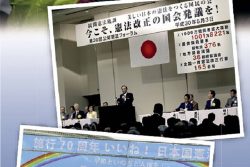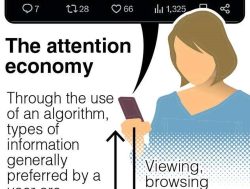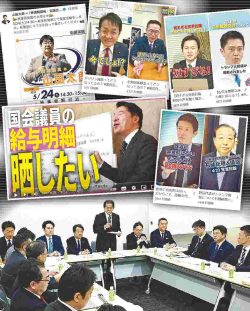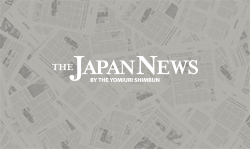Generative AI Shock Wave / New Software Protects Artwork from AI Imitations
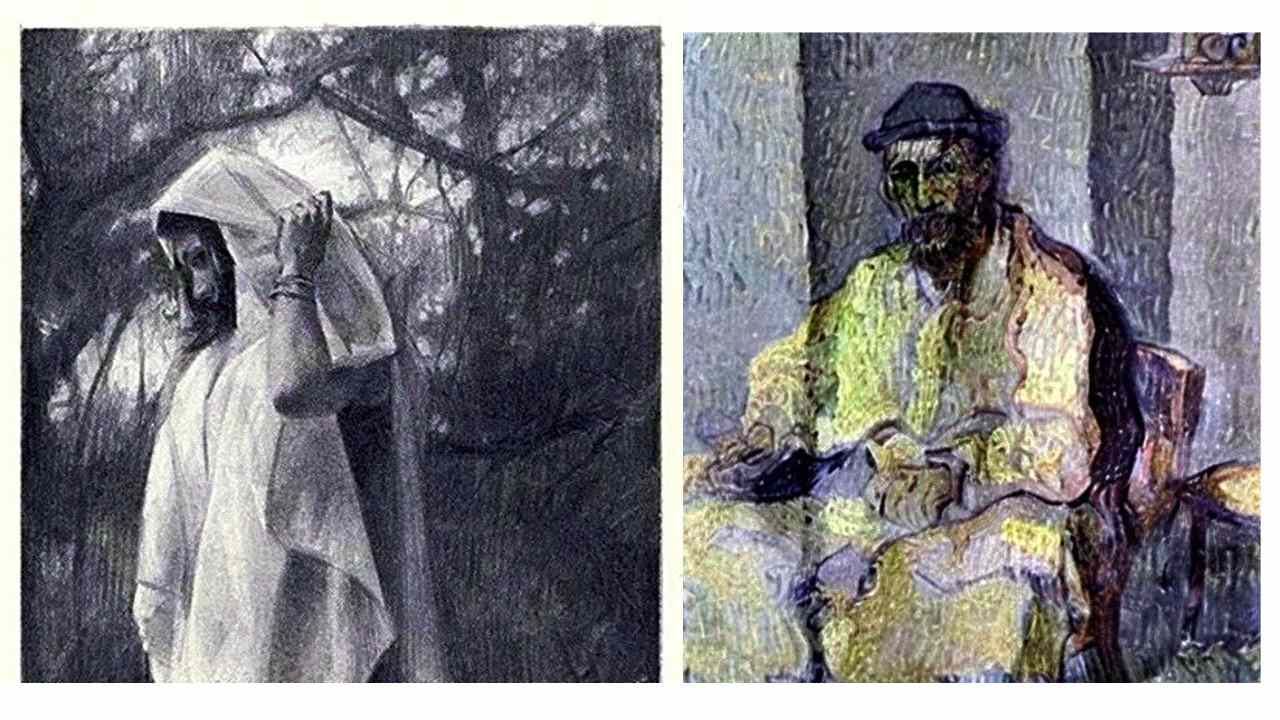
From left, a piece by a U.S. artist that is protected by the Glaze software, and an image generated by AI based on an image of the U.S. artist’s work that has a completely different artistic style from the original
The Yomiuri Shimbun
1:00 JST, April 27, 2023
Efforts are underway to protect artists and others from images generated through artificial intelligence.
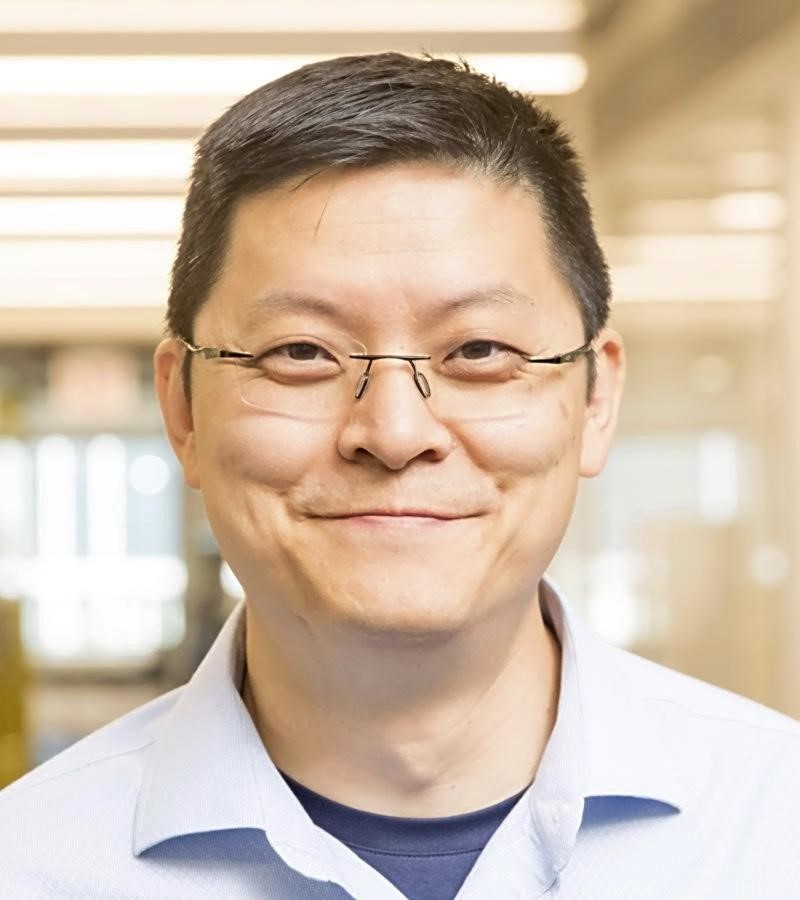
University of Chicago Prof. Ben Zhao
Ben Zhao, a professor of computer science at the University of Chicago, and his team have developed a software named Glaze that prevents the imitation of artwork.
Zhao and his team focused on the difference between human and AI vision. Glaze applies small changes, difficult to perceive with the human eye, to images of artwork before they are posted online. This causes AI to interpret the artwork as a different style than it actually is, thereby preventing creation of similar pieces.
During the development process, the team interviewed more than 1,150 artists and learned about their struggles. Many artists lost their jobs because long-time clients had begun to rely on cheap AI generators. Art school teachers told Zhao that many students had left school as they grew pessimistic about the future of the industry.
The impact of generative AI is said to be widespread, with the voices of actors and singers also being reproduced.
According to Zhao, the team also received inquiries about Glaze from a number of Japanese artists. “I do know that in Japan, many artists are feeling depressed, despair, because they do feel like many of their artistic styles are being replaced by AI,” Zhao said.
Generative AI is said to be at the stage of learning to copy and replicate. Zhao fears that if the number of artists declines because of AI, there will be no new works produced for AI to learn from.
“AI models are only as good as the data that they train on,” Zhao said.
While welcoming the advancement of technology, Zhao stressed the importance of human creativity. He said society needs to understand that “in order for these AI models to continue to grow and to get better, they have to have humans, they have to support humans, they have to allow the human creative industries to continue to grow and flourish.”
“The artists have to be protected,” he said.
Related Articles
Popular Articles
Popular articles in the past 24 hours
-

AI Personalizes Foreign Language Lessons in Pilot Projects, Inspi...
-
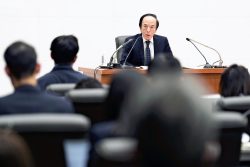
Bank of Japan Considered U.S. Tariffs, Coming Shunto Wage Hike Ta...
-

Japan's 1st Domestically Manufactured EV Police Motorcycle Unveil...
-
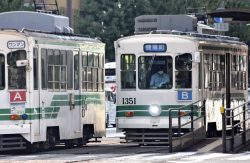
Kumamoto: Trams to Continue Accepting IC Cards after Strong Oppos...
-
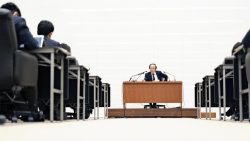
Yen Weakens against Peers after BOJ Raises Interest Rates
-
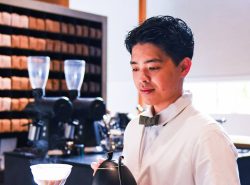
Coffee Omakase Is Japan's Love Letter to Caffeine
-
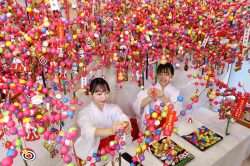
Colorful New Year Lucky Charm Production Reaches Peak in Shizuoka...
-
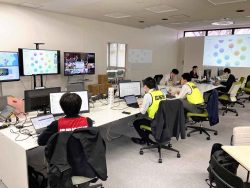
Earthquake with Focus Directly Under Tokyo Could Cause ¥83 Tril. ...
Popular articles in the past week
-
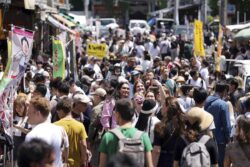
Tsukiji Market Urges Tourists to Avoid Visiting in Year-End
-
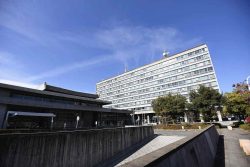
Israeli Tourists Refused Accommodation at Hotel in Japan’s Nagano...
-
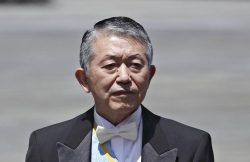
China to Impose Sanctions on Shigeru Iwasaki, Former Head of Japa...
-
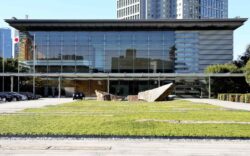
Japan to Support Central Asian Logistics Route That Bypasses Russ...
-
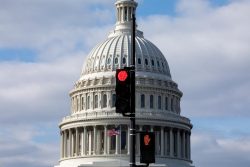
U.S. Senate Resolution Backs Japan, Condemns China's Pressure
-

Speed Skater Yukino Yoshida Clinches Ticket to Milan
-

Kenta Maeda Joins Rakuten Eagles; Returns from American MLB to Ja...
-

Tokyo Economic Security Forum to Hold Inaugural Meeting Amid Tens...
Popular articles in the past month
-
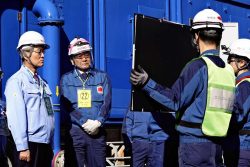
Keidanren Chairman Yoshinobu Tsutsui Visits Kashiwazaki-Kariwa Nu...
-
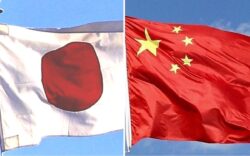
Imports of Rare Earths from China Facing Delays, May Be Caused by...
-
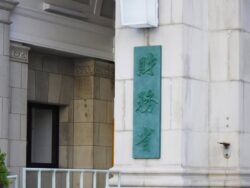
Japan Exports Rise in October as Slump in U.S. Sales Eases
-
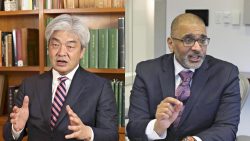
University of Tokyo Professor Discusses Japanese Economic Securit...
-
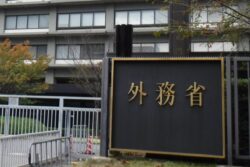
Japan Pulls out of Vietnam Nuclear Project, Complicating Hanoi's ...
-
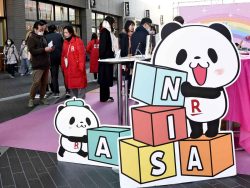
Govt Aims to Expand NISA Program Lineup, Abolish Age Restriction
-

Blanket Eel Trade Restrictions Rejected
-

Key Japan Labor Group to Seek Pay Scale Hike
"Society" POPULAR ARTICLE
-
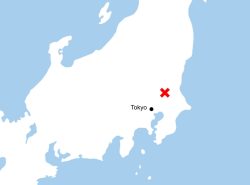
M4.9 Earthquake Hits Tokyo, Neighboring Prefectures
-
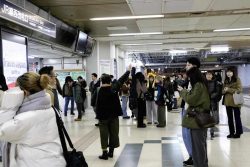
M7.5 Earthquake Hits Northern Japan; Tsunami Waves Observed in Hokkaido, Aomori and Iwate Prefectures
-

Tsukiji Market Urges Tourists to Avoid Visiting in Year-End
-

Israeli Tourists Refused Accommodation at Hotel in Japan’s Nagano Pref., Prompting Protest by Israeli Embassy and Probe by Prefecture
-
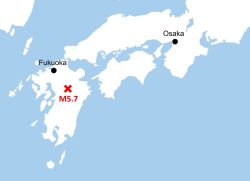
M5.7 Earthquake Hits Japan’s Kumamoto Pref., Measuring Upper 5 Intensity, No Tsunami Expected
JN ACCESS RANKING
-

Keidanren Chairman Yoshinobu Tsutsui Visits Kashiwazaki-Kariwa Nuclear Power Plant; Inspects New Emergency Safety System
-

Imports of Rare Earths from China Facing Delays, May Be Caused by Deterioration of Japan-China Relations
-

University of Tokyo Professor Discusses Japanese Economic Security in Interview Ahead of Forum
-

Japan Pulls out of Vietnam Nuclear Project, Complicating Hanoi’s Power Plans
-

Govt Aims to Expand NISA Program Lineup, Abolish Age Restriction
